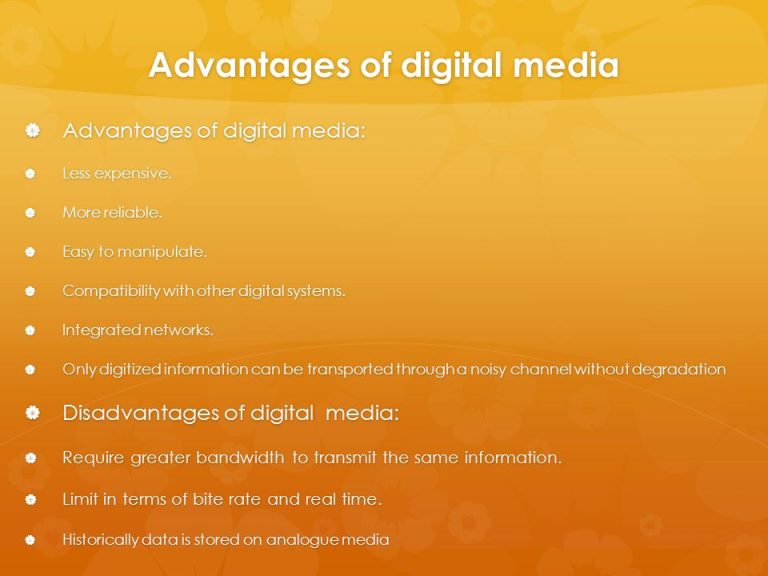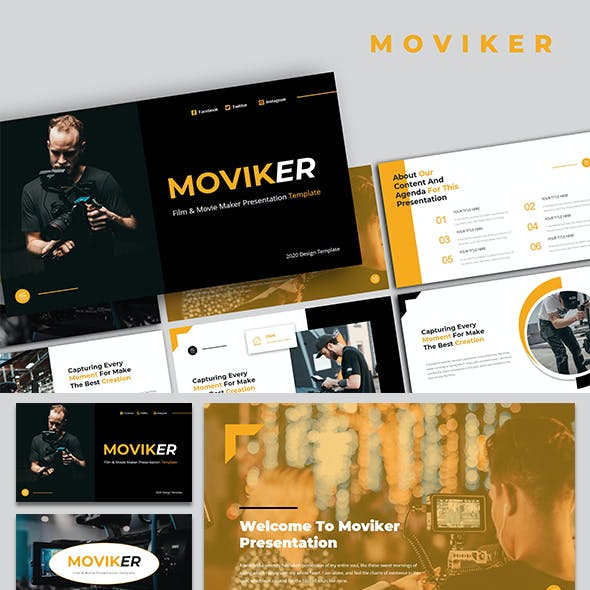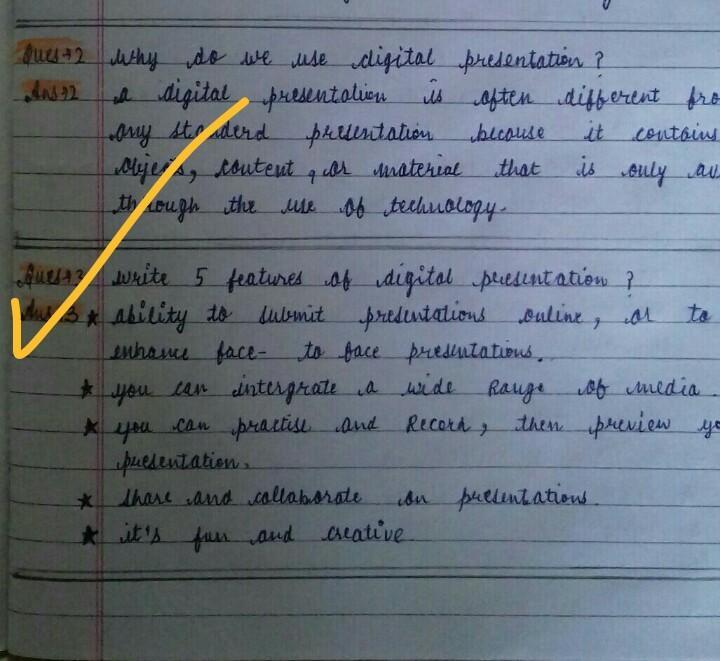Poster Vs Oral Presentation: Which Is Best In 2025?
When it comes to presenting information or research, there are two popular options: posters or oral presentations. Choosing between the two can be a tough decision, but fear not! We’re here to help you explore the key differences and find the best fit for your needs. So, let’s dive in and compare the advantages of each approach.
First up, we have posters. These visual displays offer a great way to showcase your work creatively. With posters, you can utilize eye-catching graphics, images, and charts to capture your audience’s attention. Plus, posters allow for easy interaction, as viewers can take their time to study the content at their own pace.
On the other hand, we have oral presentations, which involve speaking in front of an audience to convey your research findings. Oral presentations enable you to engage directly with your peers, expressing your ideas, and answering questions on the spot. They offer a dynamic platform for showcasing your public speaking skills and establishing your expertise.
Now that we’ve introduced both options, let’s delve deeper into the specific merits of each one—poster presentations and oral presentations. By examining the distinct features of these approaches, we can help you make an informed decision that best suits your needs and preferences. So, let’s weigh the pros and cons and find the perfect medium for your next presentation.
When deciding between a poster and an oral presentation, there are several key features to consider.
1. Visual Impact: Posters offer a visual representation of information, while oral presentations allow for direct engagement.
2. Audience Interaction: With posters, viewers can leave comments or ask questions. For oral presentations, immediate feedback is possible.
3. Versatility: Posters can be displayed for extended periods, while oral presentations allow for dynamic delivery.
4. Time Management: Posters can be viewed at any time, while oral presentations have a set duration.
5. Communication Style: Posters rely on visuals, while oral presentations include spoken words and gestures.
Consider these features to determine which format will best suit your needs.

Key Takeaways: Poster vs Oral Presentation
- Posters are visual displays of information, while oral presentations involve speaking to an audience.
- Posters allow for more creativity in design and visual appeal.
- Oral presentations provide an opportunity for direct interaction and engagement with the audience.
- Posters are often used in conferences or exhibitions, while oral presentations are common in classrooms or professional settings.
- Both formats have their benefits and can be effective in communicating information.
Comparing Poster vs Oral Presentation
In today’s fast-paced world, effective communication is key. Whether it’s presenting research findings, sharing ideas, or conveying information, there are various methods to choose from. Two popular options are posters and oral presentations. In this article, we will explore the differences and similarities between these two formats, to help you make an informed decision on which method is better suited for your needs.
Overview of Posters
Posters are a visual medium for presenting information. They typically consist of a combination of text, images, graphs, and charts. Posters are often used in academic and scientific settings, such as conferences or research symposiums, to showcase research findings or present complex data. They offer a concise and visually appealing way to convey information to a large audience.
Creating a poster involves careful consideration of the layout, design elements, and content. The goal is to effectively communicate the main points of the research or topic in a visually appealing manner. Posters can be displayed on walls or presentation boards, allowing viewers to engage with the information at their own pace.
Overview of Oral Presentations
Oral presentations, on the other hand, involve the delivery of information through spoken words. This format is commonly used in academic, professional, and educational settings. Instead of relying solely on visual aids, oral presentations allow presenters to verbally explain their research or ideas, often supported by slides or visual aids.
An oral presentation typically follows a structured format, with an introduction, body, and conclusion. Presenters are expected to articulate their thoughts clearly, provide engaging explanations, and convey their message effectively. This format allows for direct interaction with the audience through questions, discussions, and feedback.
Key Features Compared
When comparing posters and oral presentations, there are several key features to consider. Let’s explore each of these features in detail and compare the two methods.
Content Delivery
In terms of content delivery, posters and oral presentations offer different approaches. Posters rely heavily on visuals and concise written information to convey the main points. Viewers can read the content at their own pace and spend more time analyzing the information presented. On the other hand, oral presentations focus on verbal communication, allowing presenters to provide more in-depth explanations and engage directly with the audience.
Engagement and Interaction
Posters provide a more self-paced experience for viewers. They can spend as much time as needed to absorb the information, making them suitable for passive engagement. However, posters lack the interactive element that oral presentations offer. Oral presentations allow for real-time interaction, such as question-and-answer sessions or audience feedback, creating a more dynamic and engaging experience.
Presentation Skills
Both posters and oral presentations require distinct presentation skills. Creating an effective poster involves designing an aesthetically appealing layout, using clear and concise language, and organizing information in a logical manner. Oral presentations, on the other hand, require strong public speaking skills, the ability to engage the audience, and effective use of visual aids. Each format requires different skill sets and preparation.
User Experience
The user experience for both posters and oral presentations can vary depending on various factors. For posters, viewers have the flexibility to study the content at their own pace, review specific details, and focus on areas of interest. However, posters may lack the personal touch and direct interaction that oral presentations provide.
In oral presentations, the audience can benefit from real-time explanations, engagement, and the opportunity to ask questions. This format allows for a more dynamic and interactive user experience. However, some audience members may feel overwhelmed by the fast pace or struggle to fully grasp the information presented in the moment.
Pros and Cons
Posters
Pros:
- Visually appealing and engaging.
- Provides a concise overview of research or information.
- Allows viewers to study and analyze content at their own pace.
Cons:
- Lacks direct interaction and engagement with the audience.
- May require a large amount of space for display.
- Can be challenging to condense complex information into a limited space.
Oral Presentations
Pros:
- Allows for direct interaction and engagement with the audience.
- Enables presenters to provide in-depth explanations and clarify misunderstandings.
- Creates a dynamic and engaging experience for both presenters and audience members.
Cons:
- Requires strong public speaking skills and presentation preparation.
- May limit the amount of information that can be covered within a given time frame.
- Relies heavily on the presenter’s ability to convey the message effectively.
Price Comparison
When it comes to cost, posters are generally more affordable compared to oral presentations. Creating a poster requires minimal resources, such as printing costs, design software, and materials for display. On the other hand, oral presentations may involve additional expenses, such as travel costs for attending conferences or professional presentation software.
Comparison Table
Here is a comparison table that highlights the key features of posters and oral presentations:
| Feature | Posters | Oral Presentations |
|————————-|—————————————|————————————-|
| Content Delivery | Relies on visuals and concise text | Verbal explanations and visual aids |
| Engagement and Interaction | Passive engagement for viewers | Real-time interaction with audience |
| Presentation Skills | Design and organization | Public speaking and visual aid usage |
Which is Better – Poster vs Oral Presentation
In conclusion, the choice between posters and oral presentations ultimately depends on various factors, such as the nature of the content, audience preferences, and available resources. Both formats have their strengths and limitations, and the decision should be based on the specific goals and circumstances of the presentation.
When choosing between posters and oral presentations, consider the level of audience engagement desired, the complexity of the information being conveyed, and the presentation skills of the presenter. While posters offer a visually appealing and self-paced experience, oral presentations provide real-time interaction and the opportunity for in-depth explanations.
In summary, posters are ideal when conveying concise information visually and when passive engagement is desired. On the other hand, oral presentations are best suited for interactive discussions, in-depth explanations, and audience engagement. Ultimately, the choice between posters and oral presentations should be based on the specific goals and requirements of the presentation.
Three reasons to choose posters:
- Visually engaging and can effectively communicate concise information.
- Allows for self-paced studying and analysis of the content.
- Minimal cost and resource requirements compared to oral presentations.
Frequently Asked Questions
When it comes to presenting information, two common formats are posters and oral presentations. Here are answers to some frequently asked questions about these two formats and their differences.
1. Which format is better for presenting information, a poster or an oral presentation?
Both formats have their advantages, and the choice depends on the context and purpose of the presentation. Posters are visually appealing and allow viewers to absorb information at their own pace. They are great for displaying complex data or visuals and can be easily referenced. Oral presentations, on the other hand, allow for direct interaction with the audience and the opportunity to convey information with enthusiasm and charisma. They are more dynamic and can often be more engaging for the audience. Ultimately, it’s important to consider the specific goals of your presentation and choose the format that aligns best with those objectives.
2. What are the main differences between a poster and an oral presentation?
The main difference is the way information is delivered. In a poster, the content is static and can be absorbed visually. Viewers can interpret the information at their own pace and refer back to it when needed. An oral presentation, on the other hand, involves a live performance where the presenter delivers information verbally. This format allows for direct interaction with the audience, the use of visual aids, and the ability to adapt the delivery based on audience reactions. Another difference is the level of preparation required. Posters typically require more time for design and visual arrangement, while oral presentations require more time rehearsing and practicing engaging delivery.
3. Are there any advantages to using a poster instead of an oral presentation?
Yes, there are several advantages to using a poster. Posters are highly visual and can convey complex information in an easily digestible manner. They allow viewers to study the content at their own pace and can be used as reference material even after the presentation. Posters are also ideal for situations where there is limited time for presentations or if the presenter prefers a more hands-off approach. Additionally, posters can be displayed in public areas even after the event, reaching a wider audience and serving as a long-lasting visual representation of the topic.
4. Can an oral presentation be more engaging than a poster?
Yes, an oral presentation can often be more engaging than a poster. Oral presentations allow for direct interaction with the audience, enabling the presenter to capture their attention and convey information using gestures, voice modulation, and visual aids. Presenters can also adapt their delivery based on audience reactions and engage the audience through questions, discussions, or interactive activities. Additionally, the live nature of an oral presentation allows for the presenter’s enthusiasm and passion for the topic to shine through, making it more memorable and impactful for the audience.
5. Can a poster and an oral presentation be used together?
Absolutely! Combining a poster and an oral presentation can be a powerful way to enhance the impact of your message. By creating a visually appealing poster that provides an overview of the topic, you can effectively capture the audience’s attention. Then, during the oral presentation, you can dive deeper into the content, providing additional insights, anecdotes, and engaging the audience in an interactive discussion. This combination allows for the best of both worlds, offering the visual appeal and reference value of a poster, along with the dynamic engagement of an oral presentation.

Poster Presenting Tips : Cal NERDS’ Student Research Poster Presenting Tips
Summary
So, to sum it all up, when it comes to presenting information, there are two main options: posters and oral presentations. Posters are like visual aids that can help you explain your ideas with pictures, graphs, and text. On the other hand, oral presentations involve speaking to an audience and sharing your thoughts and information out loud.
Both methods have their advantages and disadvantages. Posters can be a great way to showcase your creativity and make your ideas visual. They allow your audience to take their time and study the information on their own. However, they might not provide enough explanation and can limit your ability to interact with your audience.
Oral presentations, on the other hand, give you a chance to engage with your audience directly. You can use your voice, gestures, and expressions to convey your message. However, they require more preparation and can be nerve-wracking for some people.
In the end, the best method for presenting information depends on your personal style and the situation. If you’re a visual person who likes to express yourself through images and graphs, posters might be your go-to. If you enjoy speaking and connecting with others, oral presentations might be a better fit.
Remember, it’s not about picking a winner between the two, but rather about choosing the method that works best for you and effectively communicates your ideas. So, whether you choose to create a poster or give an oral presentation, embrace the opportunity to share your knowledge and let your creativity shine!



